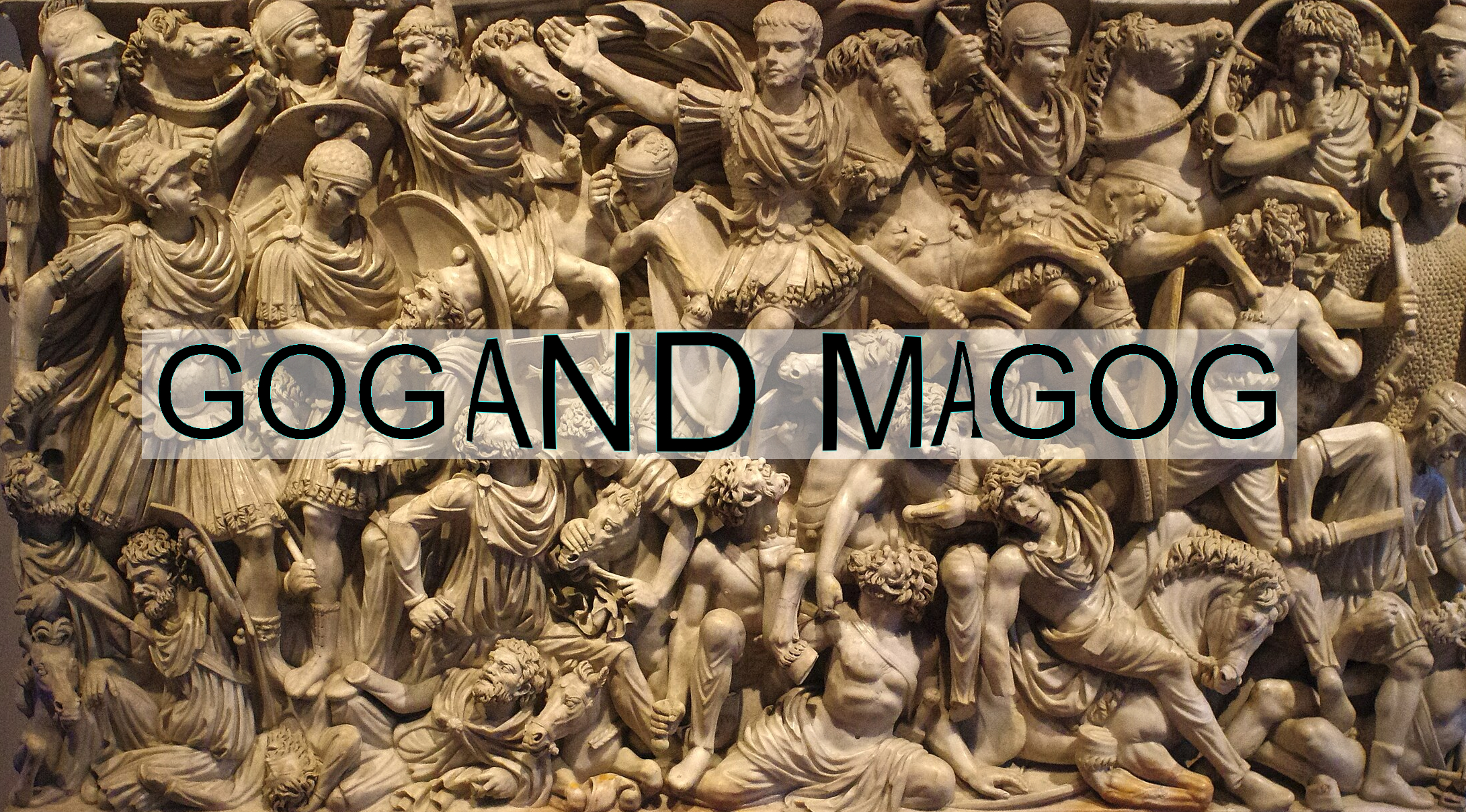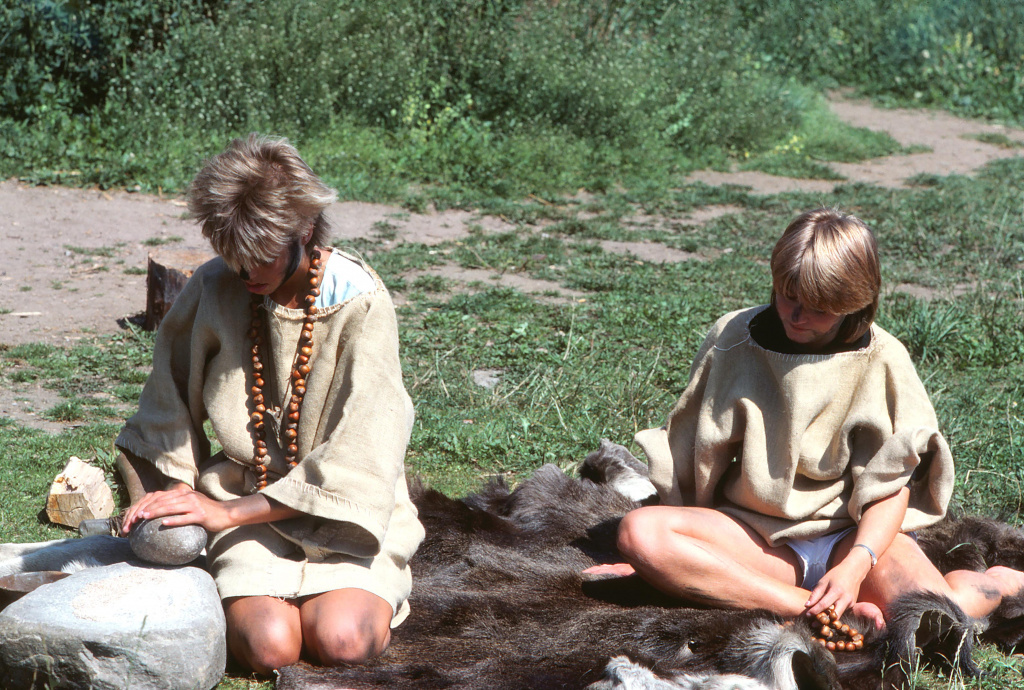Human development after the flood – and its relevance today.
See all the parts to find out who Gog and Magog is:
Part 1: Why is God targeting the sons of Japhet?
Part 2:Human development after the flood – and its relevance today.
Part 3: When The World Was Divided – Identifying Magog!
Part 4: Magog – The provoker in the end times
Extra: Explaining haplogroups
The Bible tells us that God himself caused the descendants of Noah to spread into their appointed lands. This ultimately meant that those who went the furthest had a primitive way of living for a longer time. Their genetic haplogroups likely would mutate faster because of interbreeding and reduced quality of life meant shorter life spans which also meant women would have children earlier in life. Meanwhile, nations close to each other, like Assyria and Egypt, grew faster in development because they were bigger and could learn from each other’s innovations. They also had a bigger gene pool to mix within with the largest populations. Although God wanted them to move to their lands, some would not immediately. God then used climate change to push people further into their territories, sometimes even war and famine. The Sahara desert is one such example of how climate change played its part in pushing people southward. The East Sahara was once a fruitful plane and remains of settlements are found which show the area was green and that they had large animal farms and cattle there. But when the sand pushed eastward and the climate of the area changed these groups were forced to move southward. After the ice melted in the north, those areas became populated as well. Saudi Arabia was once a fruitful land with large rivers running through it.
Although someone always stays, the search for a better life elsewhere has always motivated people to migrate. The discovery of people living further away from the ancient metropolitan territories often appears more primitive, with more genetic mutations, and therefore mistakenly thought to be older populations. Population density determined advancements, not as much as what time they were living in. Evolutionists look at, among others, tool development to place human groups in different periods. This estimate is very unstable.
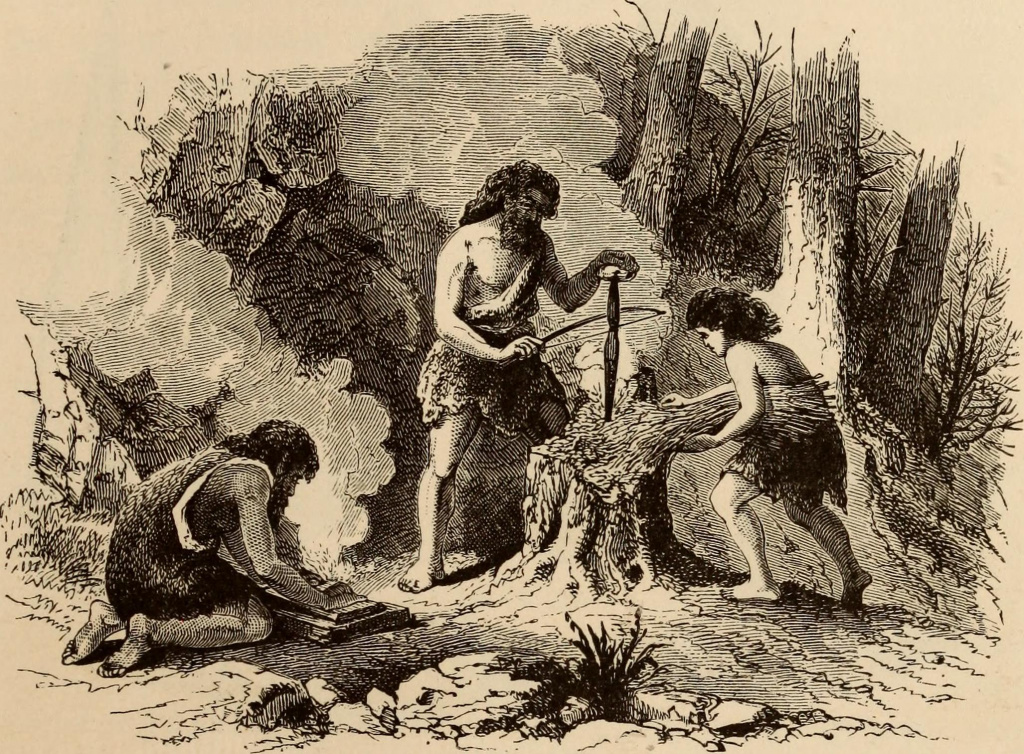
The First Semi-“Gods“
The first people after the flood would be able to learn for several hundreds of years from the same men who built the complex structure of Noah’s ark. The survivors of the flood were craftful men working with wood and iron, they were good at architecture, and skilled in mathematics to name a few of their skill sets. Noah and his sons (and daughters-in-law) also knew how to calculate time as the Bible tells us Noah used a calendar to carefully record the events that happened. They lived for approximately four hundred years after the flood and would have had time to teach their children these same skills. Their biggest expertise seems to be working with wood, such constructions would be hard to find remains of after fire, war, and many years of abandonment. Usually, all that remains today of ancient settlements are the foundation stones.
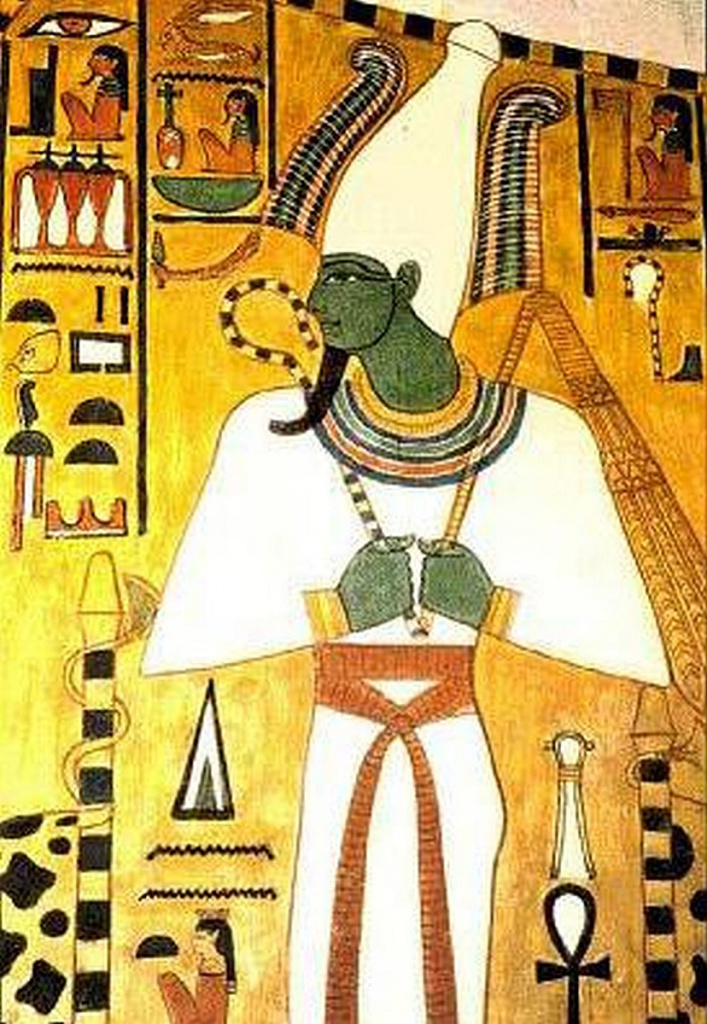
The Neshmet bark was a vessel belonging to the god Nun (Noah). The ancient Egyptian deity Osiris was transported in it on the river Nile during the Osiris festival at Abydos. In Egypt, they thought they would be evaluated by the gods and if good, taken in a boat to the netherworld with the help of “their forefather/god”.
According to the Bible. the first four generations after Noah lived for several hundreds of years and even outlived their children and grandchildren. Given the forefathers had what appeared as supernatural genetics, and high intelligence from “another time and civilization”, many of them were seen as semi-gods or “sons of the gods”. They were also taller. The conflict at the tower of Babel happened with these long-living groups of people, ending up with the legends of semi-gods fighting. The founding fathers of the tribes were considered gods long after their deaths by their descendants. This behavior has been continuing and even the Catholic Church has repeated the pattern when making “saints” of martyrs and miracle workers. Tribes all over the world have a history of praying to their dead ancestors.
Just as the history of the last 2000 years is commonly written by the victors of wars, the conflicts around the time of Babel would have been perceived differently by each tribe. Humans tend to always think of the others as the bad guys. Over time mythology and stories have been added to the ancient stories. Most ancient groups have the flood story, semi-gods in conflict, and the scattering as part of their traditions only explained very differently. In ancient times, as among many religions today, claiming God is working through them gives them authority as leaders. So myths and stories of God working through these leaders were important parts of historical telling and the reason why so many scholars now mock their historical records as well as the Bible stories involving miracles.
The first settlers in Europe were few, had less innovation, and lived mostly off hunting. As the population grew and trade started between the groups, the genetic mixture became greater again.
The Evolutionists place the different time groups of hunters and gatherers and agriculture with thousands of years in between. This is not the case. Right after Babel, some groups lived more primitively until they could create a better way of life. After Babel everyone had to start all over again in new places, only this time language barriers slowed them down in parts. When we look at the world language tree it appears that God first and foremost confused the languages between the sons of Noah separating the three tribes.
The Tower of Babel was a skillful wonderous construction, but it was to be used to control the world. By confusing the languages and scattering the groups God slowed down an early attempt at world dominion. This first attempt is only one of many, reaching its climax with the Gog and Magog War. Stopping the plans of the men behind Babel and protecting man also had a backside.
The first settlers moved from place to place to find the best places and conditions to settle. Some groups were part nomads in the beginning, this was especially the tribes of Japhet. Their temporary settlements were therefore more primitive in appearance than the places where they later chose to finally settle. It had nothing to do with intelligence. They were not less intelligent than the following generations. They had to start from scratch with all the innovation and rebuilding after Babel. Especially some tribes of Japhet faced an issue the others didn’t as we will explore. Mostly it took fairly little time for the descendants of Noah to excel, and population growth was the main thing needed for fast development. One family can not build a city, but a hundred can build a small village and a thousand a small town.
Birth rate as warfare
The conflict level after Babel created an atmosphere of competition for superiority and even survival. Whoever got the biggest first was less likely to be the other servants or slaves. Now that they would not be one people in one city but instead scattered everyone knew that the family who could get more descendants fastest would gain the upper hand in all ways. If they were not many enough, it meant they could not defend themselves against another group. The more babies were born, the more they could ensure their family’s safety but also the ability to have their culture and way of thinking imposed on others rather than have the other’s thinking opposed on them. It also meant more innovation and better living conditions. It was therefore popular opinion that women who did not have a man should marry a man with another wife so she could contribute to helping the tribes grow as fast as possible. Women themselves wanted to ensure their safety and way of life and took part in the birth rate war. It was also her “pension” to have sons, and so women wanted children, even if they had to share a man. Because of conflicts and tribal wars, there were often more women than men. And so it happened what God predicted would be the curse for women in a world of sin: “In sorrow thou shalt bring forth children; and thy desire shall be to thy husband, and he shall rule over thee” (Gen.3:16) After a while of living like this, women’s rights became less important, and those who did not produce children were
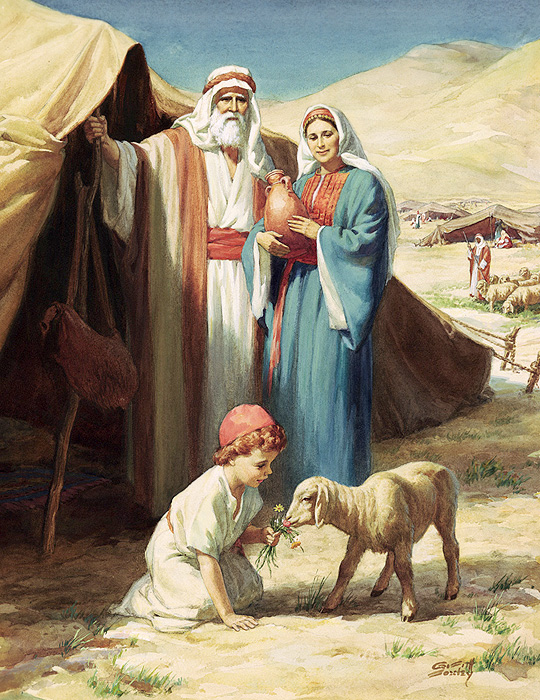
rejected. Abraham was born during this era and married his half-sister, but wanted to be faithful to her and treat her right. When she did not produce any children and all other tribes grew rapidly, it seemed far-fetched that Abraham would be able to take back his inheritance from Canaan or be numerous enough to have any influence in the world. Still, despite the culture in those days, he remained faithful to his wife. God said his seed would be numerous, that they would take the land he was promised, and make an impact upon the world. This promise seemed unlikely to most at the time. The population mathematics was not in Abraham’s favor. Abraham was not viewed as a threat even by Canaan’s descendants and lived in the land in peace. Especially because Abraham had only one wife, they were both old and had no children. His tribe appeared to be dying out. Despite all evident circumstances spoke against God’s promise, Abraham chose to believe in God. Unfortunately, a moment of disbelief by his old wife caused Abraham to follow the customs of other tribes and use a handmaiden to give him a son. God would not give his promise through this act of disbelief and gave him the promised son by his real wife at God’s appointed time. Birth growth in mixed cultures is the source of conflict throughout time. It is why the Pharaoh in Egypt killed the babies of the Israelis and it is why many Western countries see themselves outnumbered by immigrants because of their low birth rate compared to theirs. It gives rise to racism still. When the population in the world was still few and they were scattered in small groups, this fear quenched their faith in God’s protection and it was in part an act to save themselves. Tribes were also more vulnerable to dying out when the world population was low, and some did die out.
Having children was therefore the biggest blessing and need in the first centuries after Noah.
Ham’s descendants first won the birth rate war.
The Bible tells us the tribes of Ham grew big fast. His descendants were leaders in building the tower of Babel, and his son built the first cities in Shinear. Later in Egypt, they had the population density and skills to build great constructions and even advanced pyramids. In more distant lands with low populations, they still left their dead in natural caves and graves. The tombs in Egypt required many men of great skills. When Egypt was at its peak, they had all the most talented people working there, advancing fast in science and research. By creating schools they were able to distribute the knowledge and continue advancing rapidly. Everyone who was somebody went there in the beginning. Even Abraham sought Egypt during a famine in Canaan, as Egypt was better equipped to handle such times. A famine also brings out the worst in people and Egypt might have been a more orderly place to be at the time to avoid chaos.
It should be fairly easy to understand. Today is as then, we have advanced metropolitan areas and primitive small populations living quite differently from the rest in other places. Some are still very behind in innovation.
One extreme example is The Sentinelese people, who have been isolated from the rest of the world and live on an island west of India. Not to mention tribes in South America. Even a cluster of villages in Asia live very differently than villages outside the big cities.

The “Cavemen”
“Cavemen” were not an early species of mankind. The Bible tells us how in ancient times, people who had diseases that could infect others often lived isolated, but also mentally challenged people, people with genetic disorders, and those who for various reasons struggled to be part of or rejected by their society. As early as the time of Abraham, we see Lot using a cave as a temporary residence after losing his home in Sodom. Obadjah used it to hide persecuted men. (Mar.5:5; Luk 17:12, Gen. 19:30, 1Ki 18:13 ). David and his men lived in a cave as fugitives. (1 Samuel 22:1) Elijah used a cave as a temporary shelter when on a journey: “And he came thither unto a cave, and lodged there” (1Ki 19:9). Mostly caves were used to bury the dead. (Genesis 23:17). When evolutionist researchers today discover remains in caves they defy all historical records and logic and create a fantasyful idea that that is how they lived in those days. Observable facts however show there are many reasons why there would be traces of people dwelling in caves. And some, yes, would have traces of illness and malnutrition. Just as we will find in rich societies today, where diseased and mentally challenged, or just poor people, are found living on the streets, in tents, and even under bridges and underground spaces. Naturally examining these people’s health and living conditions does not indicate how life is in our era for everyone. However, just like Lot temporarily living in a cave in the mountains after his home was destroyed, we can see that many of the first humans who dispersed after Babel were forced to live more simply in their start phase. Most did not continue to live in those circumstances for long.
The first Europeans
Some smaller tribes coming to Europe might have died out because of the harsh climate and because of struggles to start fresh with little resources. Among them might be what is called Neanderthals, who were just normal people. We know they were likely from the tribes of Japhet as Europeans are genetically related to them and Africans have no direct genetic relation. This means that the “Neanderthals” never came “out of Africa” or went there, instead they shared ancestry with those who did. They did not look much different than us, that is artists using evolutionary ideas when drawing.
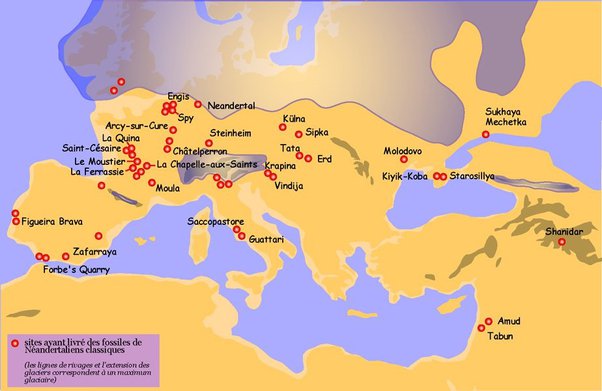
them.
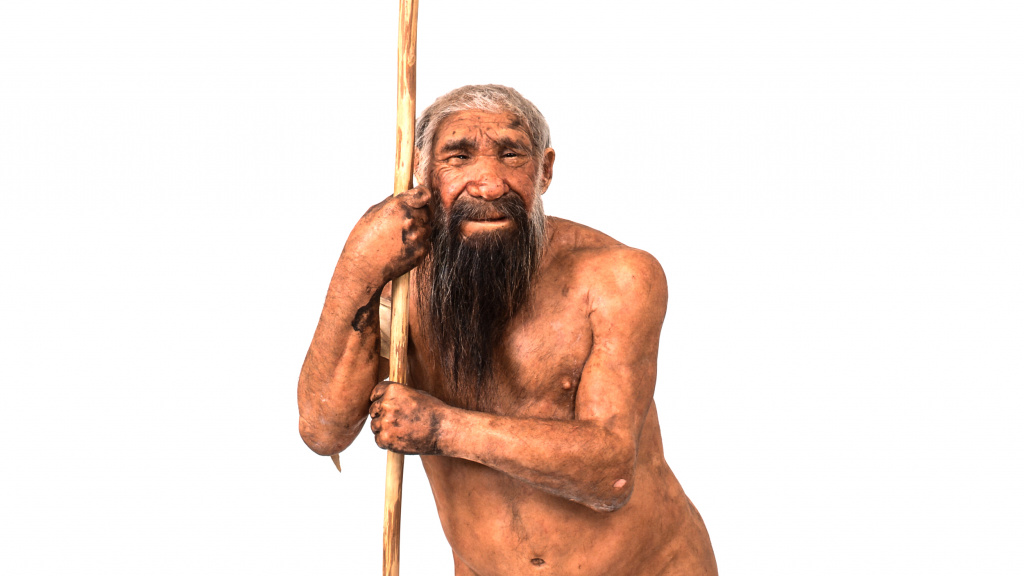
Why are their sculls a little different? Observable science today shows that there are slight changes between people’s sculls and bone structure, but also that there are some differences between races. This means that if you dig up a grave with a skull from our century it should be possible to see if their typically Asian, African, or Caucasian.
(https://www.futurelearn.com/info/courses/forensic-facial-reconstruction/0/steps/25658)
This was also the case in the past, an interbreed group could have a slightly distinctly different skull compared to other groups. It does not mean they are part of an evolution process from ape to man. Nor can such a claim be made by viewing the skulls of men living today. No one is “closer to ape” than another based on their skull shape. The human skull also changes its form from infancy to old age. The first generations after the flood lived for a long time compared to the next generations and their scull at death might showcase that and we don’t have anything to compare it with today as the eldest in our time only reaches the age of a hundred. Scull differences can also be seen with different genetic diseases like Down syndrome. They are not closer to “apes” either, it is just genetics.
(https://www.researchgate.net/figure/Morphometrical-characteristics-of-Down-syndrome-DS-skull-and-brain-A-lateral-views-of_fig1_26653803)
There are many reasons why a scull can be slightly different that are observable and scientific, than that presented through the theory of evolution. In the case of someone with Down syndrome, they have a mother who has a normal skull. The evolution theory is the most racist and disrespectful approach to human origin ever constructed. Real observable science shows variations and changes happen within the human race and not from one species to another. The longer a tribe is isolated, the more distinct features it gets, and the moment it starts having children with other cultures and groups, the distinct differences evens out again. Thus human traits can come and go. We don’t just see this with humans, but also with animals. Modern dog breeding is a good example of how too much interbreeding causes the dog’s genetic traits to head in one direction. Once a female poodle is mated with a male labrador, the child will have a greater genetic variation to pass on to their puppy again. These are related to genetic traits. Genealogy is more tricky, as you can only inherit your haplogroups from your immediate parents. You can get genetic traits for instance, if you are a man, from your grandmother. But you can not get her mitochondrial DNA haplogroup. That can only come from your immediate mother.

https://www.britannica.com/science/head-flattening
Genealogy shows that the “hunter and gatherer” group is less genetically diverse compared to the “agricultural” group that lived in the same area later, yet they are still related. This has to do with mutations. An example is a study in Iceland. Both Norwegians and Icelandic people have the same “forefathers”. But when analyzing the tombs in Iceland, it appeared that the Norwegians were more closely related than their direct ancestors still living in Iceland. This is caused by more frequent mutations in Iceland compared to Norway giving the illusion that the Norwegians are closer relatives in time when they are not. (https://www.ncbi.nlm.nih.gov/pmc/articles/PMC2613751/?fbclid=IwZXh0bgNhZW0CMTAAAR0_6rTN0HpNxaK2Iyz_VDp5DD-Fw2h-0PTjsGUDxJAidd1Yl2S_s35c1Zo_aem_JbDwd-U6D6730yizeeWyRA)
Such might just be the case with the first Europeans as well. The genetic distance between the first settlers and those who followed many years later would give the illusion of them being more distant relatives than they actually were. The “hunter-gatherers” are isolated from the others and interbreed with each other while their genetic cousins interbreed with each other in another place the groups united again.
We have to also understand that Biblical speaking, all first tribes, were closer related to each other than a distant descendant is now.
For example, the son of Japhet and the son of Shem were cousins, meaning genetically closer than a descendant of Japhet living today is to Japhet. Such was the case with many of the ancient groups, they were all family and distant cousins.
If you take a genetic test today, genetics will still struggle to determine if you are a distant cousin or just many generations apart in the same family. If you have half-siblings in your family tree, it will complicate the matter even further. This is because genetics look at similarities to determine family relations. Such was the case with the first descendants of Noah’s sons. Some cousins appeared closer related because of similar mutations from the same paternal haplogroup.
From the Biblical perspective, as mentioned, the first groups were forced to live more primitively and those who lived a nomad life had less innovation and construction. However, innovation grew quickly, especially in the Near East, where ships and trade routes were established. Over only 500-1000 years, human development changed rapidly. It peaked during the first hundred years during Babel, then had a setback, before slowly peaking again a few hundred years later. Around this time the rest of the tribes followed the others westward and intermingled with them. The last groups came as late as around 0-500 AD. A pioneer group would always progress first and then inspire the greater family to follow once they found good places to settle and places sustainable for agriculture.
The USA is a great example of how as prosperity grew, it attracted others to come. In the US, as well as in ancient European history, the first

pioneers that made their way were from Europe, and so were the large groups that came after them. In the beginning, the idea of America seemed savage to a then highly developed European society. It was considered risky and many were uncertain about the possibilities of cultivating the soil and what could and could not be grown there. But after some years, as US innovation and economy grew rapidly, it was the place everyone wanted to go. Human behavior doesn’t change (Ecc 3:15). The groups going to the US went fairly close in time after each other. If, however, a full 1000 years of isolation would separate the two European groups, it would show in their genetics and their appearance. The smaller the group who went and interbreed the more distinct their racial traits would become and they might even look different than the next group of immigrants coming from the same areas as them.
This is what happened after Babel. The first Europeans settled as close to the Near East in the territory appointed to them and pioneers among them came smaller in number and traveled to find the best places within their given land, some suffered, some flourished, and some families died out on the father side or the mother side and as innovation grew, the rest followed suit. Intelligence levels between people vary today as before. Not everyone was as smart as Albert Einstein at his time. Smarter people lived before him, and less intelligent people lived after him. This is the observable science of human intelligence and development. Today people are at different stages as they always were. Same with appearances. We have people with skin colors all ranging from almost white to bluish-black. Some cultures in Asia are more petit than Northern Europeans. Appearance should not be used to place someone in different periods. Some are hairy all over, some have little hair growth on their bodies. Today the world’s tallest and shortest tribes live fairly close to each other.
What evolutionists call “a stone age” involves a faulty assumption at best. If the world as we know it now became dystopian after a world atomic war or a meteorite impact flooding the earth, you too, would have to re-start life with what you had. Even if you are good with computers now, it does not mean you would be able to instantly create another computer if everything was destroyed or gone. You would need time and resources, to find every part that in our time is easily accessible through trade, which would have to be rediscovered. Trade routes would need to be re-created once resources are found. You might even be dependent upon other people’s skills, to attempt to re-invent it, even if you knew what material you needed and somehow got it. It would take time to get back what you lost.
Such was the situation for the people after the flood and after Babel. They had nothing left from the pre-flood technology to work with. They struggled to communicate with each other. The nomads started building shelters with fabrics, stones, and wood. If journeying, a cave was used for shelter and the easiest food they could access was their diet. They would constantly work to improve their way of life. Those who traveled to find the best places lived more primitively due to their constant journeying. Traveling light, they would make temporarily tools that could be left behind. These tools were made to provide food and temporary shelter, simple hunting tools. Those who dwelled for a longer time at the same place would make more advanced tools. Simultaneously there existed cities with far more innovation. Progress depended upon how and where they lived and how many they were. Especially the early Europeans were far from the more densely populated Near East.

Evolutionists divide the migrations into Europe “as the hunter and gatherers”, “the farmers” and then “the Steppe pastoralists”. And we will see how these migration patterns fit or don’t fit with the Bible. The Bible teaches us that farming started immediately after the flood: “And Noah began to be an husbandman, and he planted a vineyard” (Gen 9:20) We therefore know that everyone was taught farming at the beginning.
And why are all of this important when studying the Gog and Magog War? Many do not understand who Magog is because evolutionists have confused the history of some groups not understanding where they came from or how they lived.
CONTINUE READING PART 3: WHEN THE WORLD WAS DIVIDED – WHERE DID MAGOG GO? ————————–>


